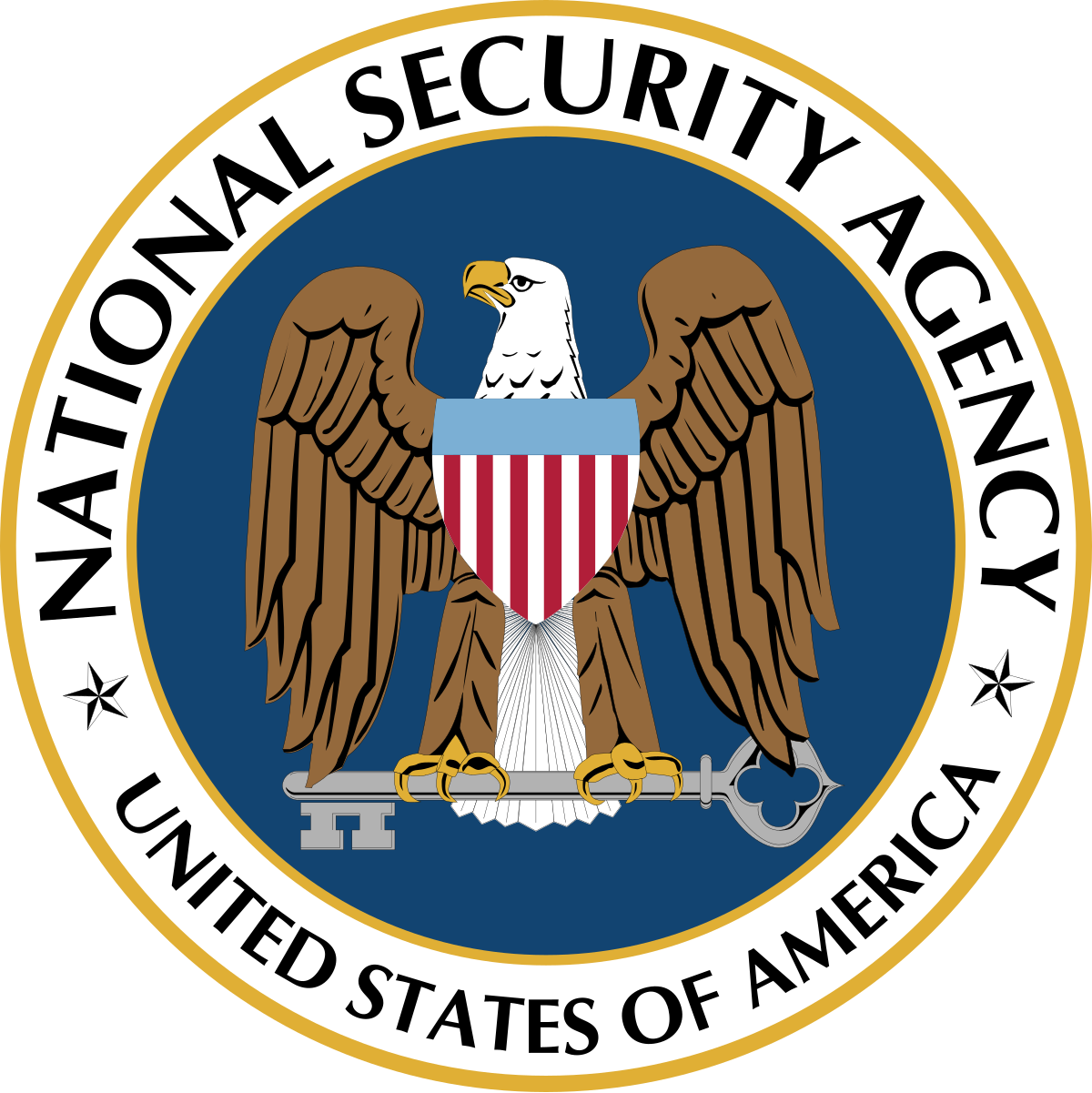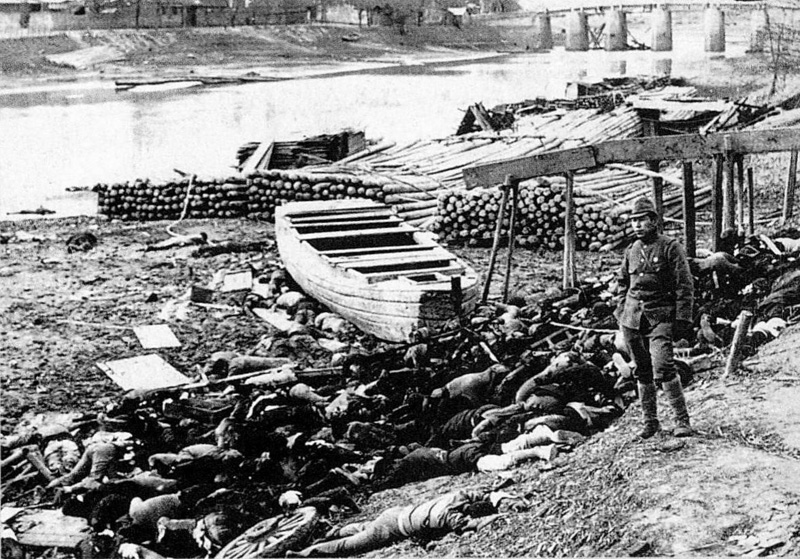mikegriffith1
Mike Griffith
- Thread starter
- #681
Unkotare said:
Chang's exposure led her to suicide.
JoeB131 said:
Wow, really? You went there?
Unkotare said:
The truth is the truth.
Yeap. After all, lots of people have written books about the Nanking Massacre and the Bataan Death March, but did not become (and never were) paranoid and schizophrenic, and then kill themselves. I mentioned some of Iris Chang's paranoid claims in my previous reply. In addition, in her suicide note, she said the U.S. Government was listening to her phone conversations and opening her mail.
One of the first things that scholars zeroed in on about Chang's 300,000-plus civilian deaths figure was the sheer impossibility of it due to the clear evidence that Nanking's population was no more than 250,000 when the Japanese arrived.
And one of the sources that so many scholars have identified as refuting Chang's 300,000-plus figure for civilian deaths is Dr. Lewis Smythe's survey of Nanking's population and of civilian deaths, which he did soon after the Nanking Massacre ended. Authors who peddle the 300,000 figure have always had to lamely dismiss Dr. Lewis Smythe's survey.
Smythe was a sociology professor at Jinling University and a member of the Nanking International Relief Committee. He found that the Japanese had killed, wounded, abducted, or otherwise harmed a total of 10,950 people—including 2,400 killed (3,400 killed if you include killed in military operations and unknown causes), 3,050 wounded, and 4,200 abducted (pp. 6-8).
As mentioned several times previously, Smythe’s report, titled War Damage in the Nanking Area, agrees with several journals of European residents of the Nanking Safety Zone, who, during and just after the period of violence, recorded that it was believed that “as many as 10,000 people,” i.e., civilians, had been killed by the Japanese.
Smythe also determined that the population of Nanking when the Japanese arrived was no more than 250,000: “between 200,000 and 250,000” (p. 4). This, of course, would mean that the Japanese could not have killed 300,000 people in Nanking.
Chang apparently tried to anticipate this objection by vastly expanding the area of the massacre, but that doesn't work for three reasons. One, Smythe soon did another survey that covered a much larger area surrounding Nanking, and the death-toll finding from that second survey was nowhere near 300,000. I'll discuss Smythe's second survey in a future reply. Two, we know that the Japanese army did not even pass through most the expanded area that Chang cited. Three, all the primary sources reported that the massacre was limited to the immediate Nanking area, another fact that Chang simply ignored.
Another important part of Dr. Smythe’s report is that Smythe noted that people steadily began to return to Nanking after the Japanese occupied the city, which of course you would not expect to be the case if the Japanese had been engaged in a massive and prolonged killing spree that killed hundreds of thousands of people.
To help him conduct his survey, Smythe hired Chinese students. As students of the Nanking Massacre know, Smythe was one of the city officials who authored many official complaints to the Japanese Embassy in Nanking about the savage conduct of some Japanese soldiers, so no one can sanely suggest that he was some kind of Japanese apologist (JoeB131 has actually made this ludicrous claim). Indeed, he conducted his survey to determine just how much damage the Japanese had done and how many people the Japanese had killed.
Furthermore, it should be noted that Smythe did not confine his survey to the Nanking city limits but also surveyed Xiaguan and other areas outside the city limits (and his second survey covered an even larger area, a much larger area). The field work was done between March 9 and April 2, 1938. The survey of buildings was conducted between March 15 and June 15. Smythe also conducted an agricultural survey in six counties adjacent to Nanking, from March 8-23, covering damage to crops, seed, farming equipment, as well as human casualties.
Japanese author Masaaki Tanaka provides additional information about Smythe’s survey and report:
One of the most trustworthy primary sources relating to the Nanking Incident is Lewis S.C. Smythe’s War Damage in the Nanking Area, A Sociological Survey. The scientific and rational methods used in its preparation raise it to a status unparalleled by any other reference. Smythe, a professor of sociology at Jinling University, had conducted similar surveys in the past.
With the assistance of Professor Bates, Smythe hired a large number of Chinese students and, over a period of approximately two months, proceeded to conduct a survey on war damage sustained by the residents of Nanking. For the survey, Smythe used the random sampling method. He did everything he could to ensure that it would be meticulous, accurate, rational, and fair.
For the portion of the survey that focused on households, the students, working in teams of two, visited one out of every 50 occupied homes. They interviewed the residents and multiplied the figures obtained from those interviews by 50. For the portion relating to damage to houses, the teams inspected one house in 10. A certain amount of bias was inevitable, since the interviews were conducted by Chinese students, but the scientific methods used cannot be faulted. (What Really Happened in Nanking: The Refutation of a Common Myth, p. 40)
If anyone doubts Tanaka’s description of the survey, they can read Smythe’s report and see that it is accurate.
Chang’s defenders have thought it necessary to reject and denounce Smythe’s analysis even though Smythe made it clear that he believed there was “reason to expect under-reporting of deaths and violence at the hands of the Japanese soldiers, because of the fear of retaliation from the army of occupation” (p. 7). The problem is that even if you assume that Smythe’s survey findings were low by 300%, that gets you nowhere near 300,000 civilian deaths. Sampling is a recognized survey method. That is why American public opinion polls that survey 1,500 to 2,000 voters are considered reliable indicators of the views of American voters as a whole. The standard margin of error for such polls is 3-5%.
So you see the problem for Chang defenders regarding Smythe’s survey. It is just not reasonable or credible to assume a massive margin of error, given Smythe’s sampling size. Again, even if you posit a margin of error of 300%, that gets you nowhere near 300,000 civilian deaths. If Smythe’s finding of 3,400 deaths was off by 300%, that gets you to 13,600 civilian deaths. To get to 300,000 deaths, you would have to assume a staggering margin of error of at least 7,000%.
Jinling University Professor Miner Searle Bates, an American, also assisted Dr. Smythe. He testified at the International Military Tribunal for the Far East (IMFTE), i.e., the Tokyo Tribunal, that based on his and Dr. Smythe’s survey and their checking of burials, he and Dr. Smythe concluded that 12,000 people were killed in Nanking:
Professor Smythe and I concluded, as a result of our investigations and observations and checking of burials, that twelve thousand civilians, men, women and children, were killed inside the walls within our own sure knowledge. (IMTFE transcript, July 29, 1946, No. 36.)
Such information, even though it came from an American who had no sympathy for the Japanese army, was very unwelcome at the Tokyo Tribunal, and Dr. Bates’ testimony has been rejected by those who claim that 300,000 people were killed in Nanking.
In his foreword to Dr. Smythe’s report, Dr. Bates made some interesting comments, among them being that the Chinese did some of the burning in Nanking and that Chinese bandits committed as many acts of robbery and violence as did Japanese soldiers, if not more:
The International Committee is aware, however, that statements have been published by Chinese, putting upon the Japanese an exclusive and exaggerated blame for the injuries to the people of the Nanking area; likewise that statements have been published by Japanese, charging the Chinese with burning and looting which they themselves benevolently checked.
In order to guard against controversial misuse of the present report, we feel it necessary to make a brief factual statement as to the causation of the injuries listed.
The burning in the municipal areas immediately adjoining the walled city of Nanking, and in some of the towns and villages along the southeasterly approaches to Nanking, was done by the Chinese armies as a military measure - whether proper or improper, is not for us to determine.
A very small amount of damage to civilian life and property was done by military operations along the roads from the south-east, and in the four days of moderately severe attack upon the city.
Practically all of the burning within the city walls, and a good deal of that in rural areas, was done gradually by the Japanese forces (in Nanking, from December 19, one week after entry, to the beginning of February). For the period covered in the surveys, most of the looting in the entire area, and practically all of the violence against civilians, was also done by the Japanese forces -- whether justifiably or unjustifiably in terms of policy, is not for us to decide.
Beginning early in January, there gradually developed looting and robbery by Chinese civilians; and later, particularly after March, the struggle for fuel brought serious structural damage to unoccupied buildings.
Also, there has latterly grown up in the rural areas a serious banditry which currently rivals and sometimes surpasses the robbery and violence by Japanese soldiers. (pp. i-ii)
Given the circumstances, I could see a margin of error as high as 300% to 500%, but to posit an error rate beyond that would be pushing the limits of credulity, survey experience, and logic.
The late Maeda Yuji, former correspondent for Domei Tsushin and former director of the Japan Press Center, described his recollections of his assignment in Nanking in Japan and the World.
Those who claim that a massacre took place in Nanking, leaving aside their accusations that 200,000-300,000 persons were murdered for the moment, assert that most victims were women and children. However, these supposed victims were, without exception, in the Safety Zone, protected by the Japanese Security Headquarters. The Nanking Bureau of my former employer, Domei Tsushin, was situated inside the Safety Zone. Four days after the occupation, all of us moved to the Bureau, which served both as our lodgings and workplace. Shops had already reopened, and life had returned to normal. We were privy to anything and everything that happened in the Safety Zone. No massacre claiming tens of thousands, or thousands, or even hundreds of victims could have taken place there without our knowing about it, so I can state with certitude that none occurred.
Prisoners of war were executed, some perhaps cruelly, but those executions were acts of war and must be judged from that perspective. There were no mass murders of noncombatants. I cannot remain silent when an event that never occurred is recognized as fact, and is described as such in our textbooks. Why was historical fact so horribly distorted? I believe that the answer to this question can be found in the postwar historical view, for which the Tokyo Trials are responsible. (p. 413)
Last edited:


